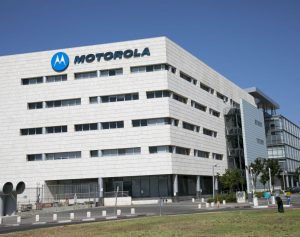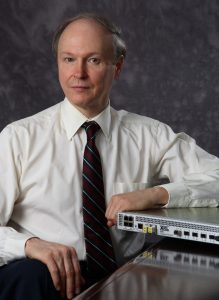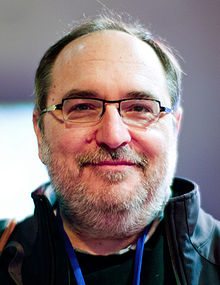Motorola : A Historic Tech Company that Even Contributed in the First Moon Landing
Two brothers, Paul V. and Joseph E. Galvin from Illinois, founded Motorola as Galvin Manufacturing Corporation, in 1928. The basis of the company was the battery-eliminator plans and manufacturing equipment, that they had purchased at an auction for $750 when the Stewart Battery Company had got bankrupt. The company’s first office was a small section, of a rented building at 847 West Harrison Street. The two had started the company with a capital of $565, and manufactured battery eliminators in the very beginning.
Unfortunately, the advancement of the radios led the demand for the battery-eliminators to an end. At the same time, some of the radio manufacturers were developing radio sets for cars, so the Galvin brothers also decided to develop low-cost radio sets for cars. In 1930’s Radio Manufacturers Association convention in Atlantic City, they demonstrated their car radio sets and were showered with orders.
At the same time, Paul renamed the company to Motorola, a word derived from Motor and Victorola. Soon it became the most popular company to sell the car radios. A few months later, the company was again rebranded, and now it was called Motorola Inc. The major customers of those car radios included the police departments and municipalities. In 1930, the company also started a branch for research and development program with Dan Noble, who joined Motorola as director of research.

After the world war began in 1939, the company started manufacturing the hand-held AM SCR-536 radios for the military, under the World War II military production contracts.
In 1943, Motorola went public, and by the year 1947, it started manufacturing televisions. It also carried the first calls on Illinois Bell telephone company’s new car radiotelephone service in Chicago. In 1952, Motorola had its first international subsidiary in Toronto, Ontario, Canada.
The Chicago-based graphic designer, Morton Goldsholl, designed the famous batwing logo of Motorola in 1954, which was launched publically in 1955. In the same year, the company introduced the world’s first commercial high-power germanium-based transistor.
The continues to progress in the field of radio transmission led Motorola to win a contract from NASA, under which, it supplied radio equipment for most of the NASA space-flights for decades, including the 1969’s moon landing. In fact, the famous words of Neil Armstrong, “one small step for a man, one giant leap for mankind,” were transmitted on a Motorola transceiver from the Moon.
Starting with just five employees in 1928, in almost thirty years, Motorola had grown to 14,000 worldwide employees, till 1960. In 1973, the company manufactured the first handheld telephone, followed by its first microprocessor, the 8-bit MC6800, in 1974 and the 32-bit microprocessor, the MC68000 in 1983, that played as an instigator in the computing revolution in 1984.
In 1984, Motorola introduced the DynaTAC 8000X telephone, the world’s first commercial cellular device and demonstrated the first digital cell phone in cellular system and phones, using GSM standard in Hanover, Germany, in 1991. In the mid 90’s it also launched the first flip phone called the MicroTAC and the clam phone the StarTAC.
Motorola along with Cisco launched world’s first commercial GPRS cellular network to BT Cellnet in the United Kingdom, in 2000, and the first wireless cable modem gateway, in 2002. In 2005, the company had sold over 130 million units of Motorola RAZR, but the very next year, it failed to repeat the same success with the next model of RAZR, the RAZR V3.
Motorola went through a split in 2011, leading to the formation of two separate companies, Motorola Mobility and Motorola Solutions.
On August 15, 2011, seven months after Motorola Mobility became an independent company, Google acquired Motorola Mobility for $12.5 billion. Later in 2014, the company was acquired by Lenovo, after it paid US$2.91 billion to Google.
In those years Motorola faced a lot of failures in the field of smartphone manufacturing, and the major reason being, its unfriendly environmental practices. Motorola and Arizona Water Co. were found liable for the water pollution in the Scottsdale, Arizona area, and the main source of trichloroethylene (TCE). The contamination led to a ban on the use of drinking water for three days, affecting 5000 people residing in the area. On this, the company initiated a no PVC policy in the manufacturing of its smartphones. Motorola also promotes the use of recycled products in the production of its new products.

Yashica is a Software Engineer turned Content Writer, who loves to write on social causes and expertise in writing technical stuff. She loves to watch movies and explore new places. She believes that you need to live once before you die. So experimenting with her life and career choices, she is trying to live her life to the fullest.




